What can seals tell us about the impact of climate change in Antarctica? Michael Alexander speaks to two St Andrews University researchers who’ve returned from an expedition to find out more about our changing planet.
Just as astronauts often talk about being overwhelmed by a strong environmental awareness when they gaze down on the fragile Earth, two Fife-based researchers have told how their recent trips to Antarctica have ignited a deep sense of responsibility – and shame – for what humanity is doing to our planet.
Dr Lars Boehme and Dr Guilherme Bortolotto De Oliveira of St Andrews University’s Sea Mammal Research Unit (SMRU) told The Courier how everyone who visits Antarctica comes home as an “Antarctic ambassador”.
However, having recently returned from the third and final ship-based research expedition to Thwaites Glacier in West Antarctica as part of the International Thwaites Glacier Collaboration (ITGC), the impact of climate change and its implications for ecology in the polar regions and beyond hit home hard.
“Even in my short lifetime, we are seeing glaciers disappearing,” says Lars.
“Seals need the sea ice to breed and this is disappearing. We are taking their homes away. They can’t go anywhere.
“Sometimes you look at these animals and you just want to say ‘I’m sorry’.
“But we really want to understand these animals and how they operate in the environment.”
Scientific mission
Lars and Gui joined a 62-day scientific cruise on board the US icebreaker Nathaniel B Palmer as part of a five-year project to understand how quickly the Thwaites Glacier, which is the size of the UK, could melt.
If the Thwaites Glacier were to melt completely, sea levels would rise by 65cm.
The ship was due to spend seven weeks in front of Thwaites Glacier conducting a range of scientific experiments and deploying a range of instruments.
While thicker sea ice than expected meant they couldn’t get right up to the glacier as originally intended, the researchers, alongside St Andrews PhD student Hannah Wyles, were able to oversee a seal tagging project which aims to gain an understanding of changes in the ocean’s temperature.
In an interview with The Courier, Lars and Gui explained how they worked within the TARSAN (Thwaites-Amundsen Regional Survey and Network) project to measure the oceanic heat near the glacier and its potential to increase the glacier’s melting rate.
Lars, a seal ecologist, oversaw the tagging of multiple Southern Elephant and Weddell seals with tiny sensors, which were temporarily and “ethically” glued to the animals’ fur and fall off during moulting.
These seals live near the ice front of the glacier so are ideally positioned to provide information about these areas, which are hard for researchers to access.
The tags allow measurement of the ocean’s heat, which can highly affect the melting rate of the floating part of the glacier.
They are designed and built in St Andrews and have been used in various marine mammal tracking studies around the globe.
However, as Lars explains, while this project was launched in 2019, the use of such technology started being developed around 20 years ago.
It merged the needs of physical oceanographers like himself seeking data on climate change and sea biologists looking to understand the behaviour of marine mammals in the polar regions.
‘Win-win situation’
“We developed these clever little trackers that we glue to the fur of seals,” he explains.
“They tell us where the seals go. But we can also put some oceanographic sensors on them. We measure how warm the ocean is, how salty it is.
“I use the data to learn more about the physical environment and how this relatively warm water from further north comes to Antarctica and flows under these floating ice shelves. When the warm water comes below, it starts to melt from the bottom.
“That will increase the sea level over the next 500, 1000 years and even further. I want to understand that – that’s the climate part.
“But it’s a win-win, because we also learn so much more about these Weddell Seals and Elephant Seals. How do they cope with this harsh environment?
“Well it’s easy for them – they are made for minus 30 degrees at the surface, minus two in the water, where it’s pitch black.
“And they are diving down to 500, 600, 700m depth. It’s amazing what they can do – come up to the surface, breathe a couple of minutes, then dive again.
“I’m really fascinated by how they utilise this environment.
“But what will the impacts of a changing climate mean for them in the future?”
Challenges of fixing the trackers
While Lars has been to Antarctica “hundreds of times”, Gui explains that during his three trips since 2019, his training as a vet has been very important as they have to capture the seals to fix the trackers.
He uses statistics to understand different things about the marine ecology of mammals.
But this is the first time he’s worked in the polar regions thanks to Lars and his “amazing project”.
The trip involved going out on to the ice flows to tag the seals. Lars explains that the good thing about Antarctica is there are no land predators.
“Every animal feels safe when they are on land or ice,” he says.
Tagging for @GlacierThwaites on this #ITGC cruise in the @AmundsenSea is still ongoing. Working in all weather conditions with @Hannah_Wyles, @YixiZheng, @BortolottoGui and Tiago Dotto. @_SMRU_ @univofstandrews @SMRU_Instrument pic.twitter.com/2eCmkLu4OZ
— Lars Boehme (@OceanLars) February 13, 2022
“Weddell Seals and Elephant Seals haul out to feed on the ice flows and you can just approach them.
“We see them from the bridge of the ship, then go on a small boat and drive to the ice flow and can just walk up to them. They feel safe.”
However, he adds: “The last 1.5m they are like ‘woah what’s going on you are too close stay away’!
“That’s when we have to physically catch them. We put a canvas bag over their head so that the snout is out at the front and they can breathe, but they can’t really bite you or see you.
“You have to constrain them and either me or Gui will drug them.
“Because the drugs go direct go in the blood stream, in less than a minute the seal is calm for about 20 minutes.
“We’ll measure the length, girth, look at how healthy they are, look for the sex of the seal – male/female, take some samples and then glue the tag to their head.
“But importantly we can then get great information about the climate and the seals’ movement.”
Remote observations from St Andrews
Gui explains that the seals effectively become like “platforms of observation”.
Back in the St Andrews SMRU office, with Antarctica now plunging back into another cold dark winter, the researchers can monitor in real time where the seals are and what the water and ice conditions are like.
But during their trip, as scientists on another mission searched for and found Shackleton’s famous ship Endurance at the bottom of the Weddell Sea, being on the ice also gave them greater respect for what polar explorers were doing a century ago.
“This ship and tech that we have, you can’t compare with what Shackleton did,” says Lars.
100 years on – Remarkable survival mission by the Dundee-funded James Caird in the Antarctic
“But what Gui and I have is an appreciation that a lot of people don’t have when they don’t leave the safety of the ship.
“Going on an ice flow to catch a seal and walk across pack ice. At least for me, if you walk with a backpack and modern gear, you suddenly realise what Shackleton and his crew must have gone through– they pulled the boats for weeks across the ice.
“It’s like ‘oh my god’. You read it and it’s mind blowing. The hardship.”
Gui adds: “I have just finished reading one of the books about the story of Shackleton – and in the same week I was reading the book, I was on an ice flow.
“You look back and the ship looks tiny behind you. You are just thinking ‘oh my god’. There’s a sense of responsibility.
“We are going to places where nobody else has been. It’s a privilege. But you really come back and say look we have to save this world!”
International collaboration
The research expedition is part of the International Thwaites Glacier Collaboration (ITGC), funded by the UK Natural Environment Research Council and the US National Science Foundation.
The ITGC is the largest joint project undertaken by the UK and US in Antarctica for more than 70 years – since the conclusion of a mapping project on the Antarctic Peninsula in the late 1940s.
This joint £20m research programme started this season and is one of the most detailed and extensive examinations of a massive Antarctic glacier ever undertaken.
Antarctica’s glaciers contribute to sea-level rise when more ice is lost to the ocean than is replaced by snow.
To fully understand the causes of changes in ice flow requires research on the ice itself, the nearby ocean, and the Antarctic climate in the region.
Thwaites Glacier is one of the largest in Antarctica with an area similar in size to the UK, meeting the ocean with a cliff face spanning 120km.
Its flow rate has increased from 3km per year to 4km per year since 2006 and it dumps 126 GigaTonnes of ice into the ocean every year.
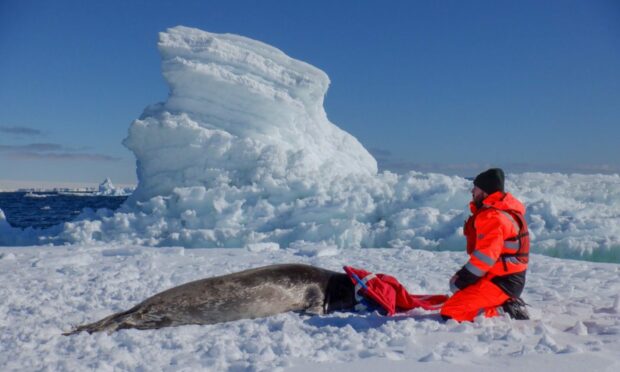
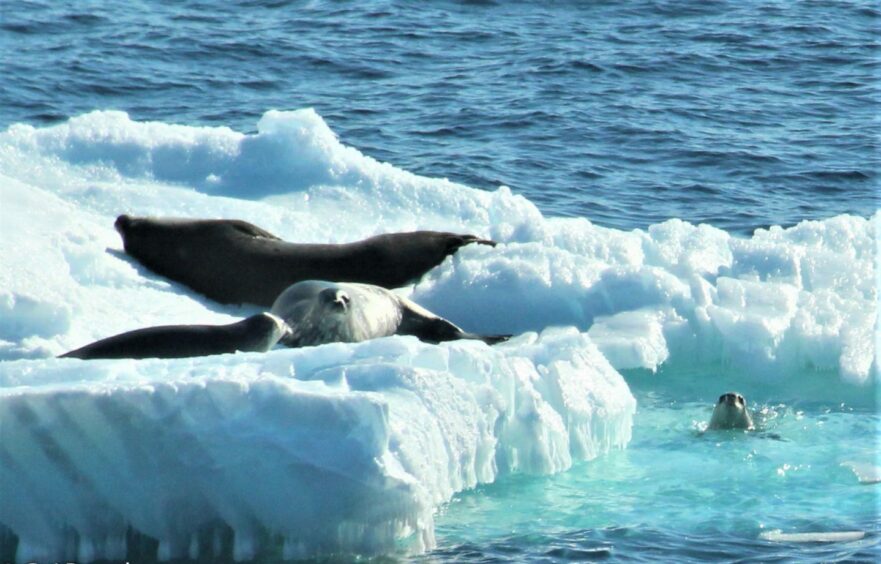
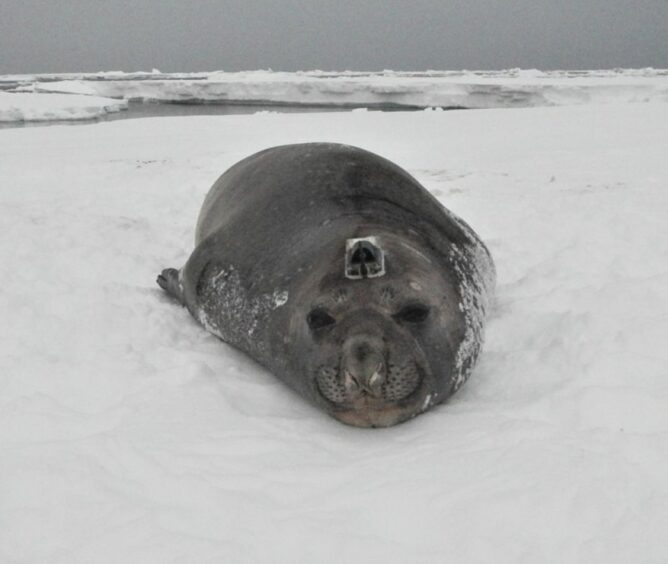
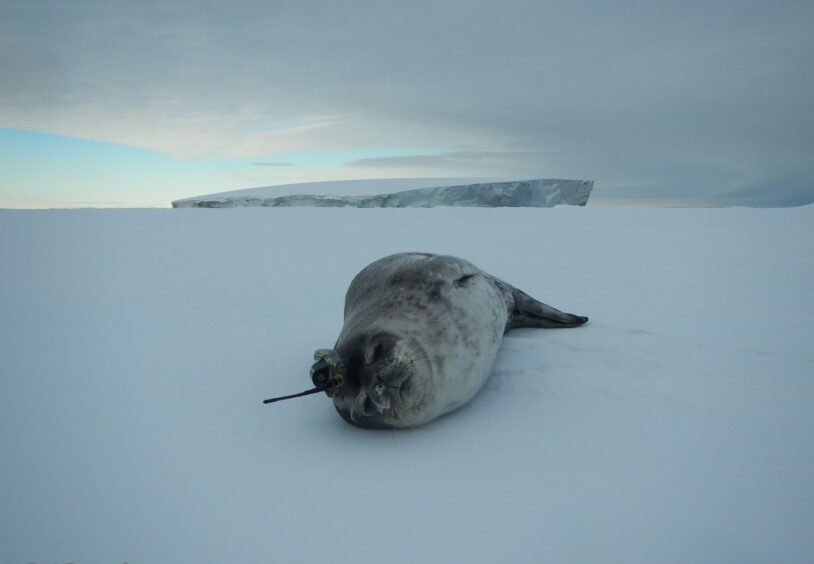
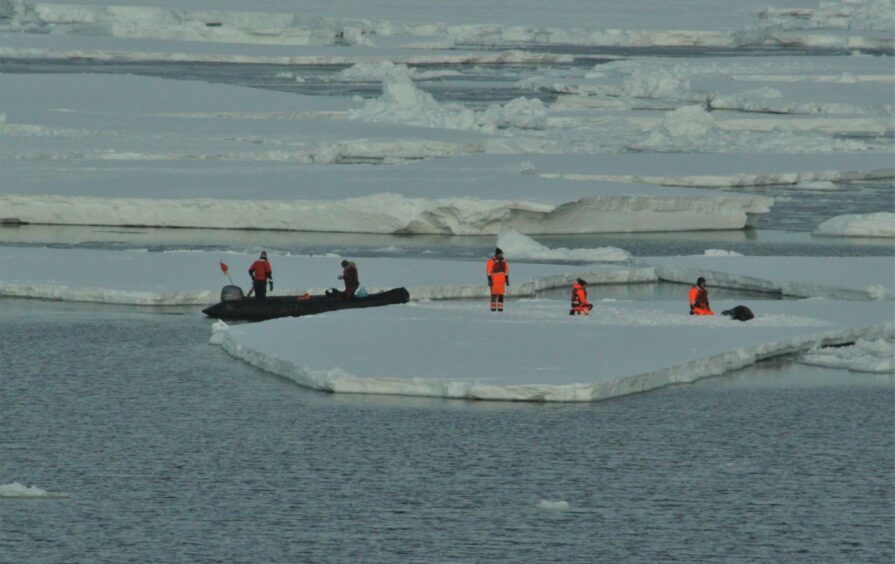
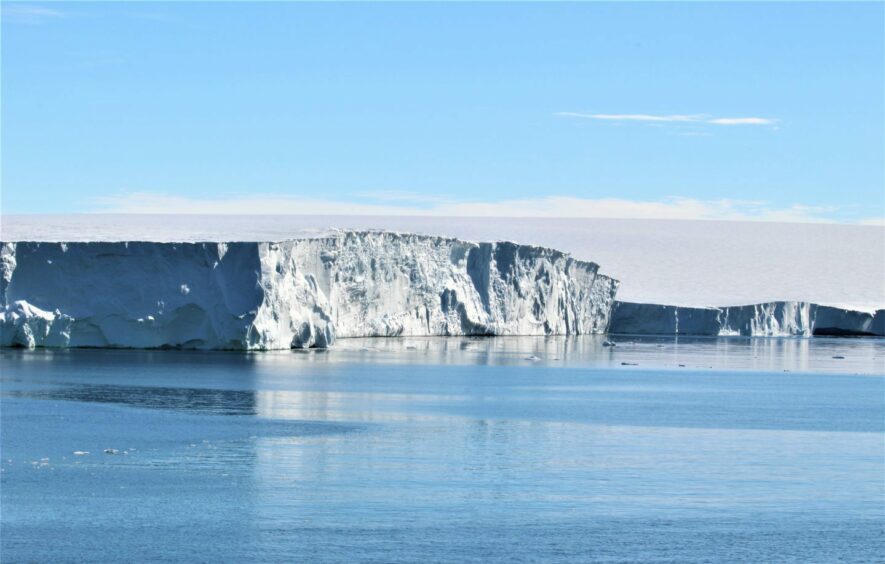
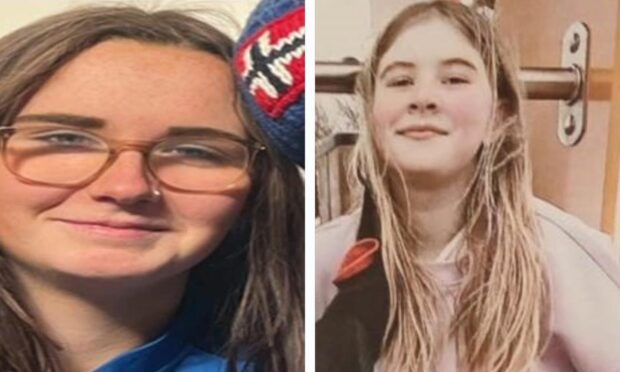
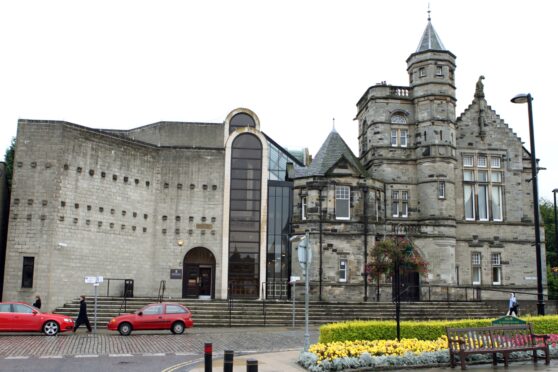
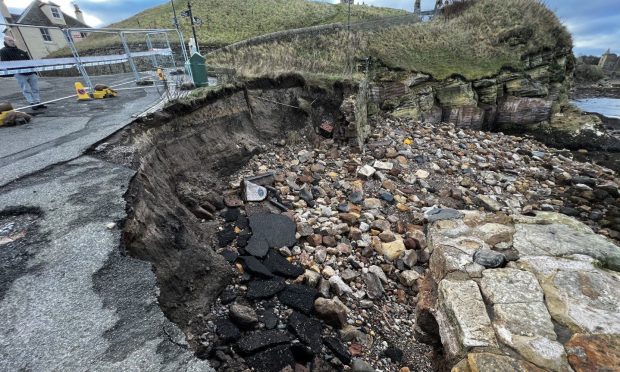
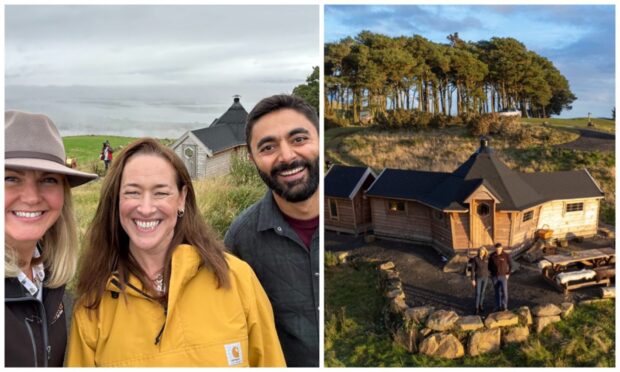



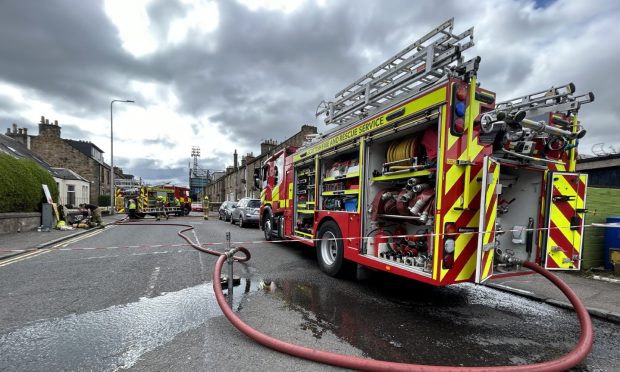
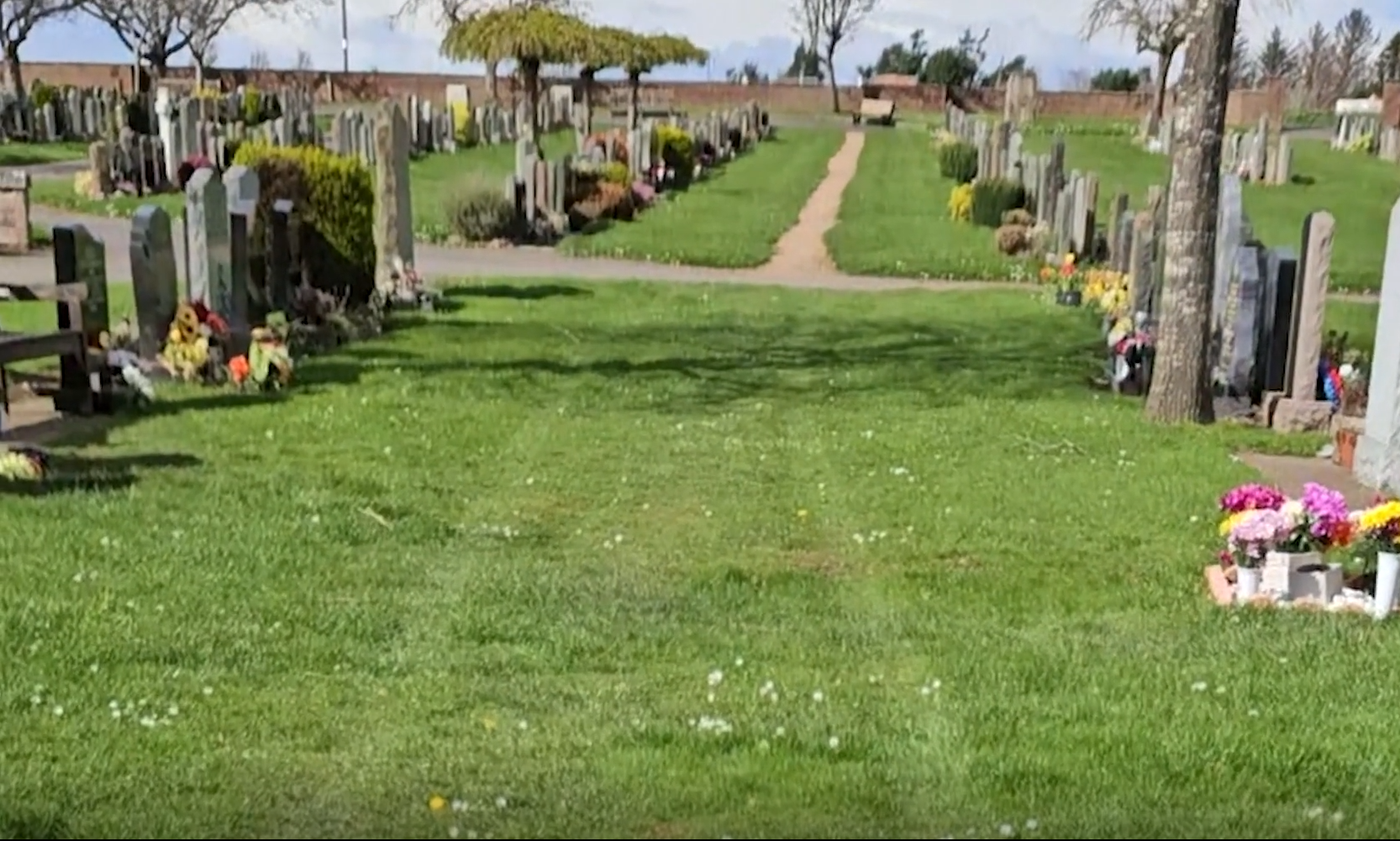
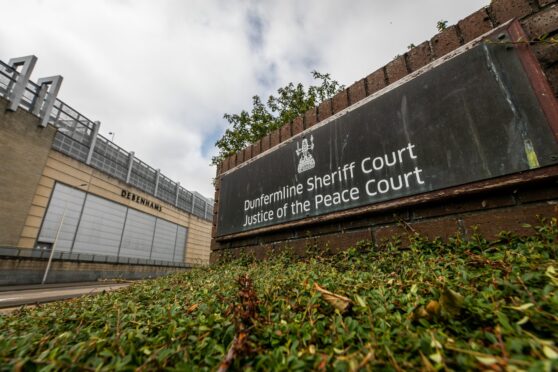
Conversation